Vet issues warning over four spring plants that are toxic to your dog
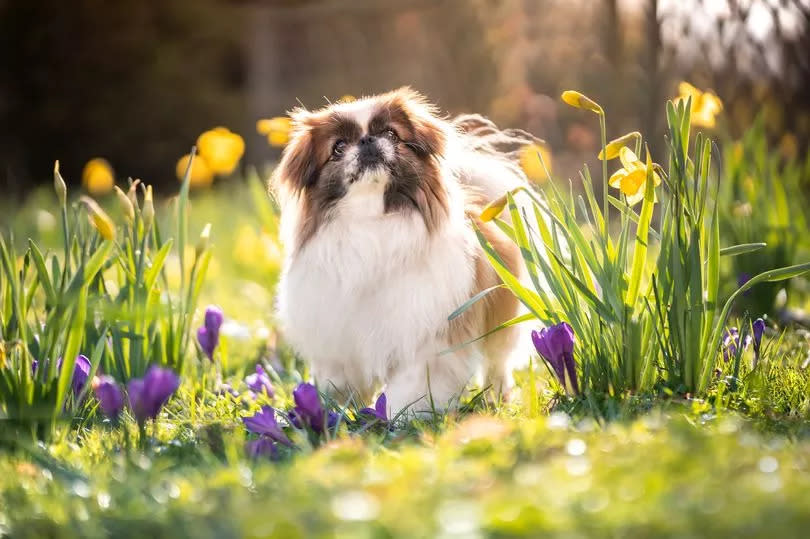
A leading vet has warned pet owners to avoid five types of spring plants and flowers as they can be toxic to dogs.
People will be out and about in their gardens in the coming weeks as the weather improves, and there is no better time to be planting pretty flowers in your backyard. However, there are some flowers that pet owners should avoid as they could be extremely dangerous to dogs when eaten.
Head vet Sean McCormack at Tails.com, has teamed up with Soto Gardens in honour of National Gardening Week from May 1 to 7 to compile a list of the top five most dangerous garden plants.
But it's not all doom and gloom as they have also highlighted five plants that are safe to have around your furry friends.
Read on below to find out more.
Four spring plants that are toxic for dogs
1. Daffodils
Despite their cheery appearance, daffodils can be highly toxic to dogs, meaning they are best left out of your spring garden.
Sean McCormack said: "Every part of a daffodil can be poisonous to your dog, including the stem and the petals. The flowers also contain high levels of alkaloids and glycosides, mostly located in the bulbs.Traces of calcium oxalate crystals can also be found in the bulbs, causing dermatitis in dogs. If you have previously had daffodils in your garden, or even in a vase in your house, it is crucial you remove any soil or water they have touched - even this can be toxic."
How will I know if my dog has been poisoned by a daffodil?
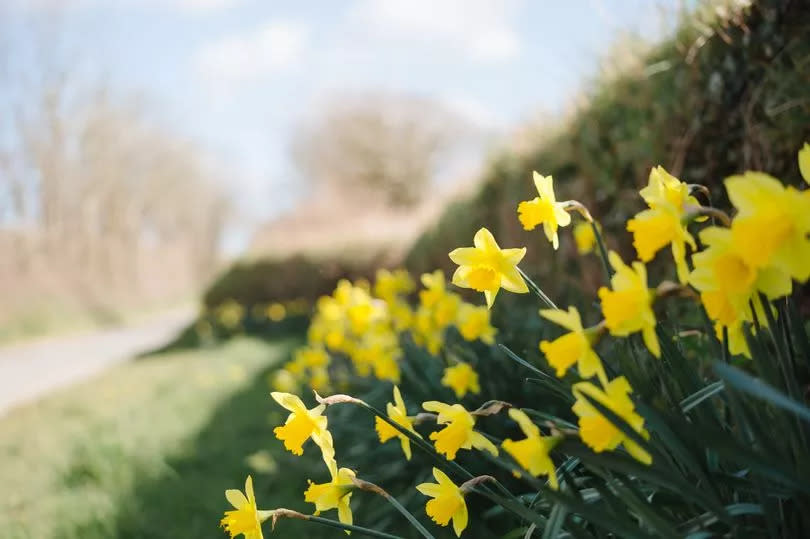
Sean said: "Diarrhea and vomiting will usually be the first signs of daffodil poisoning. In extreme cases, a dog's heart can be affected, along with triggering long-term stomach issues.
"If bulbs are consumed, the calcium crystals can cause intense irritation to the mouth, so look out for signs, these might include loss of appetite, pawing face and drooling, followed by issues with swallowing. If the issues are external, keep an eye out for skin inflammation and itchiness."
What is the treatment for daffodil poisoning?
This is dependent on the kind of poisoning your dog has endured. If a bulb or flower has been consumed, induced vomiting will be the first port of call. However, if your dog has had an external exposure, a topical cream will be applied to the inflamed area, along with antibiotics.
Finally, if your dog has inhaled any daffodil pollen, a steroid could potentially be prescribed, as well as an oxygen mask.
Are all kinds of daffodil poisonous to dogs?
Sean McCormack shared his insight: "Sadly, all species of daffodils are off-limits for dogs when it comes to your spring garden, as the health risks are simply too extreme."
2. Azaleas
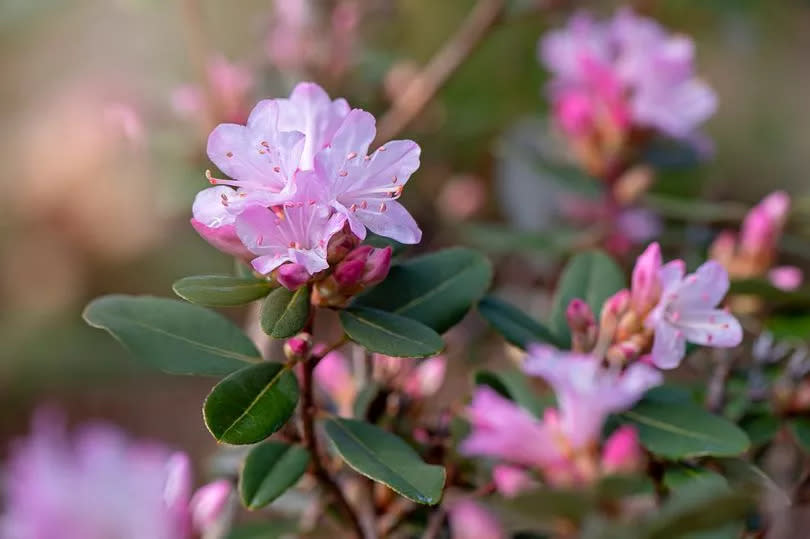
Although adding a pop of colour to your spring garden can be tempting, it's best to leave azaleas out of the mix.
Sean said: "These plants can be lethal to dogs if ingested as they are rich in grayantoxin, which attaches to sodium cells and causes vomiting, respiratory issues and, in some cases, your dog will need to be put into an induced coma."
How will I know if my dog has been poisoned by an azalea?
Sean warned: "Some signs your dog has ingested this kind of plant include vomiting and constant dribbling. Shaking and very low blood pressure are also key signals.
"In extreme cases, this flower will cause seizures, as well as panting, and even a temporary loss of eyesight. Look out for these specific signs to ensure the right kind of veterinary treatment for your pooch."
What is the treatment for azalea poisoning?
If your dog consumed the flower recently, a vet may choose to induce vomiting with hydrogen peroxide, or to use activated charcoal to attempt to remove toxins from the bloodstream.
If you do not know when the flower was consumed, a gastric lavage may be necessary, which usually requires being put to sleep. Your pooch may also require a drip to rehydrate them.
Are all types of azalea toxic to my dogs?
The expert added: "Unfortunately, all kinds of azalea are poisonous to dogs, meaning that it will have to stay out of your spring garden altogether. Its cousin, the rhododendron, is said to be even more dangerous for dogs."
3. Bluebells
Thinking of including a touch of blue in your spring garden? Think again, as the highly toxic plants can have devastating results if eaten by your furry friends.
Sean advised: "Bluebells are rich in scillarens, which are known to slow the heart rate down. They also contain poisonous glycosides, which would cause most animals, including humans, to feel extremely unwell."
How do I know if my dog has been poisoned by a bluebell?
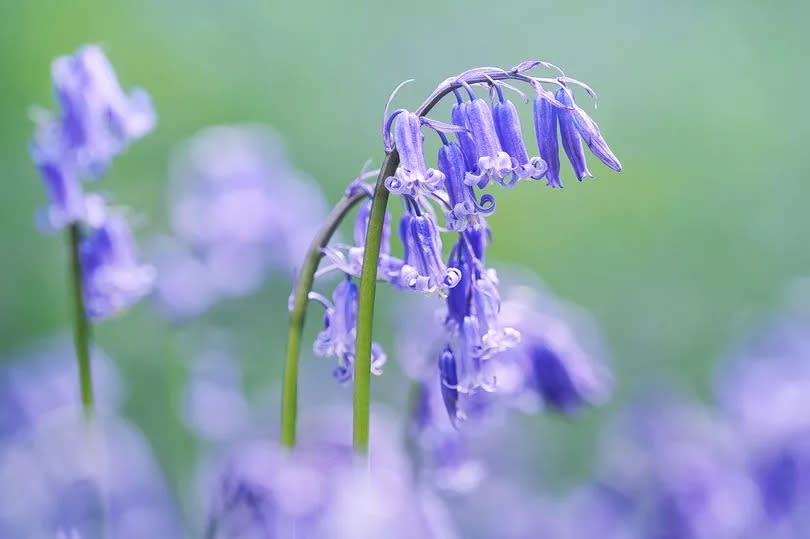
To discern if your dog has suffered bluebell poisoning, Sean McCormack advises: "Look for signs of diarrhoea and vomiting, along with general abdominal discomfort. If enough of this plant is eaten, a decreased heart rate could also be another symptom to look out for, requiring urgent medical attention."
What is the treatment for bluebell poisoning?
In cases of bluebell poisoning, the course of treatment hinges on the time elapsed since ingestion. It's imperative to transport your dog to a vet without delay, rather than trying home remedies.
At the clinic, vets typically induce vomiting using hydrogen peroxide, as other methods like salt or forcing a finger down the throat can be detrimental. Regarding non-toxic bluebell varieties, McCormack confirms: "Quite simply, no, all kinds of bluebell are extremely toxic to dogs if ingested."
4. Prairie Lily, Lily of the Valley, Peace Lily and Calla Lily
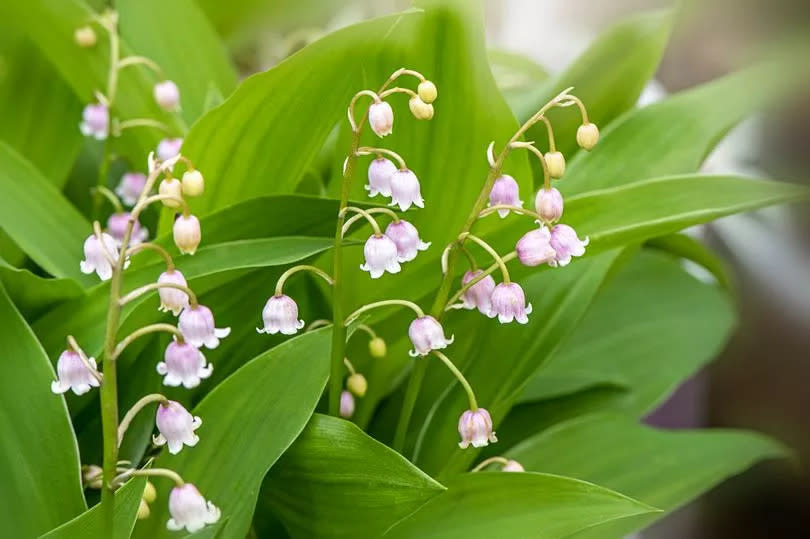
While many are aware of the danger lilies pose to cats, it's less known that certain lilies are also toxic to dogs. Some lilies can be a beautiful addition to spring gardens but should be strictly avoided by pet owners.
McCormack warns: "If you have any kind of pet, particular types of this flower are best avoided, as the side effects from simply licking the pollen off their fur could have disastrous consequences."
How do I know if my dog has been poisoned by a lily?
Sean McCormack has highlighted key symptoms to watch for in dogs that could indicate lily poisoning, stating: "One of the main things to notice when it comes to dogs and lily poisoning is low mood. If your dog seems down and generally out of sorts, this could be why.
"Another symptom is rapid weight loss, as these plants can eventually cause anorexia in dogs, along with stomach issues and, in some cases, tumours."
What is the treatment for lily poisoning?
When it comes to treatment options for lily poisoning, there's no one-size-fits-all solution. The course of action depends on the type of lily and the timing of ingestion.
Vets may administer activated charcoal to neutralize toxins if the timing of consumption is uncertain.
McCormack also clarified on non-toxic lilies, saying: "It is true that there are certain lily types, such as the Easter lily, the daylily, the tiger lily, and the Peruvian lily, that are not poisonous to dogs - but should still be kept out of reach if your pooch is prone to eating plants."
Four flowers that are safe to have in your garden
1. Roses

For those looking to spruce up their spring garden without endangering pets, roses are a safe and classic choice. They require sunlight, regular watering, and pruning to stay vibrant and healthy throughout the season, all while being non-toxic to animals.
2. Sunflowers
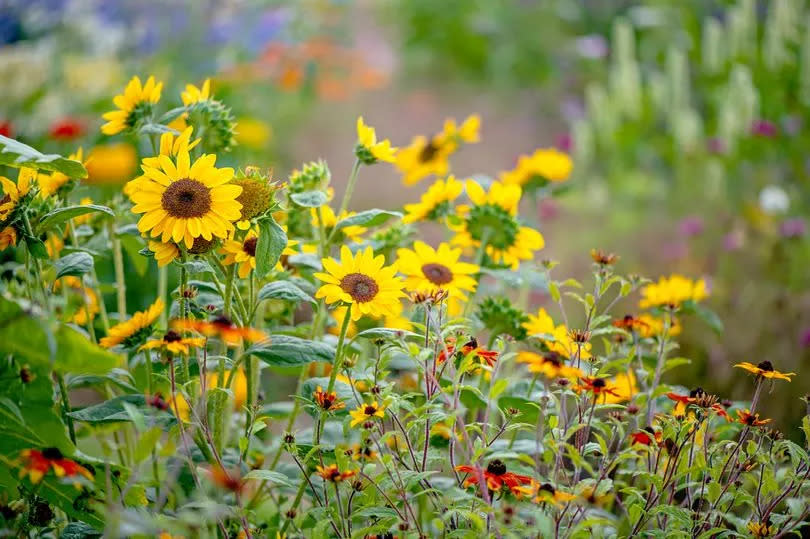
Another pet-friendly plant option for the spring garden is the sunflower.
Sunflowers require a lot of water, as they become very unhappy when left to dry out. To encourage strength and vitality, we recommended adding tomato feed to their soil.
If you are lucky enough to witness your sunflower stem grow tall, it could be wise to invest in some kind of bamboo pole, in order to support it.
3. Camellias
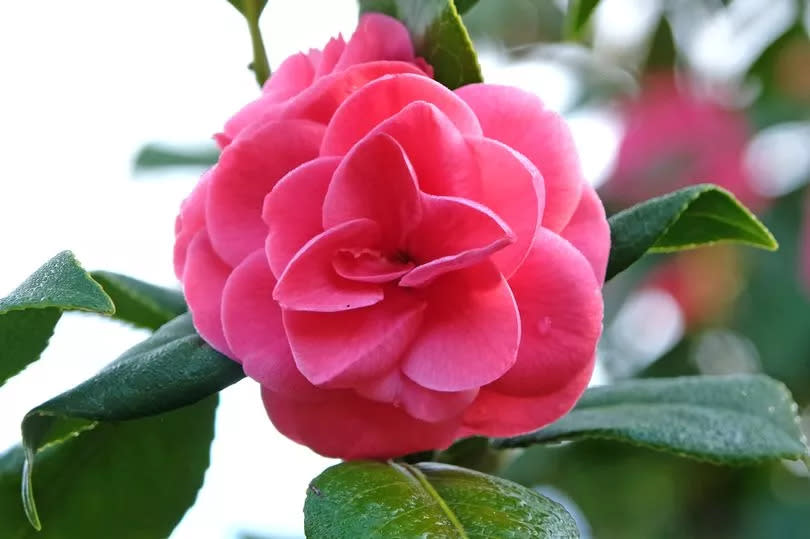
Camellias are always a beautiful and safe addition to any garden, and come in many varieties and colours. Another benefit is that they can survive through the colder months, as long as they are watered regularly and not left to dry out.
They do not enjoy too much sun exposure, so plant them somewhere that is sunny in the morning but shady in the afternoon.
4. Snapdragons
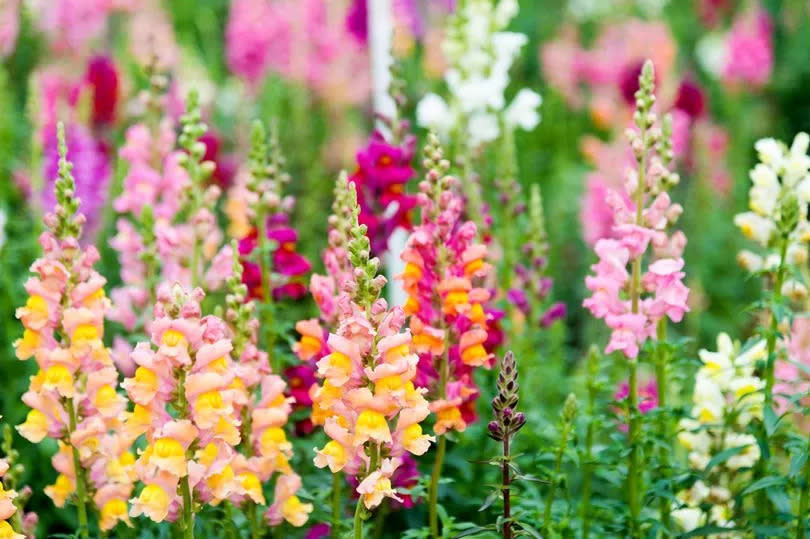
Despite their fiery-sounding name, the humble snapdragon is guaranteed to offer a sweet and delicate touch to any flowerbed.
These flowers need to be dead-headed regularly but fed only weekly, making them pleasantly low-maintenance. The best thing about snapdragons? They pose no threat to dogs at all.
Don't miss the latest news from around Scotland and beyond - Sign up to our newsletter here.

 Yahoo News
Yahoo News 
